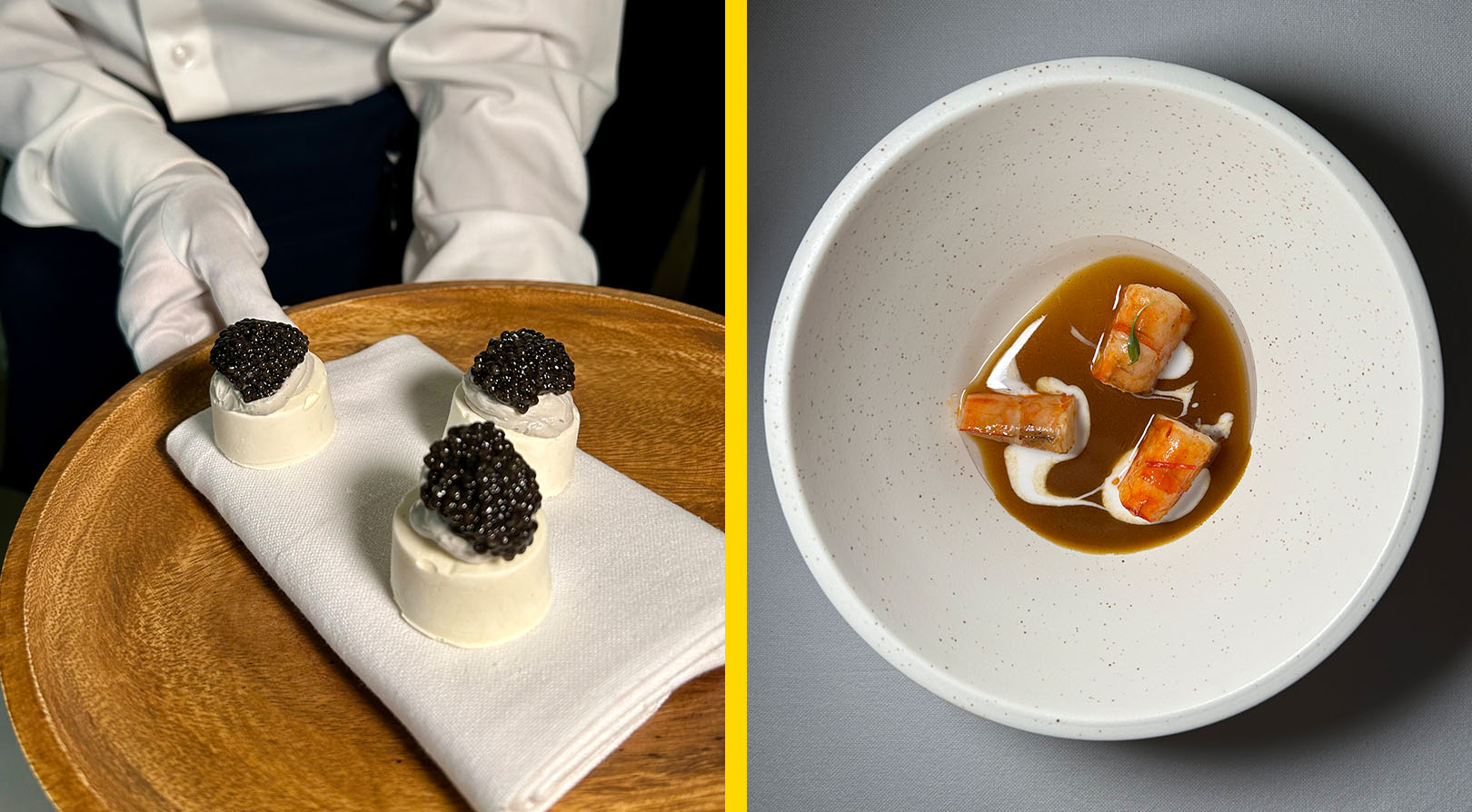Rich or poor, you’ll find a can of sardines in almost every Filipino household primarily because of its affordability and availability. In addition to that, sardines are versatile ingredients that can be served as is or turned into a complex dish.
Sardines are tiny fish about six to 12 inches long, characterized by their silvery exterior. They come in tightly knit schools found in the sea but are more abundant in European countries. In the Philippines, sardines are commonly found in Zamboanga. They are a rich source of protein, calcium, iron, and omega-3 fatty acids. They are also low in carbohydrates.

Some consumers are still skeptical about the health benefits of sardines just because they are canned and distributed by bulk in supermarkets. But according to Jaydric Yap of Permex Producer and Exporter Corporation, this isn’t always the case. At least in their products.
“King Cup has no preservatives in the can. The process is purely cutting the head and tail of tamban fish, cooking, and fixing it with some spices and adding tomato sauce.” The result is sardines with a firm and meaty texture that’s not usually seen in regular canned sardines.
With reports of overfishing sardines floating around the globe, Philippine canneries are fulfilling their responsibility to preserve the environment by following a closed-fishing season in order for the fish to grow and develop in the ocean as well as implementing a zero-waste policy within their companies. “Lahat ng mga tinatapon or natitira sa canned sardines are not wasted, as they can be used as protein source for aquaculture and poultry. We also extract some of the fish oil supply for both aquaculture and human consumption,” says Yap.
Subscribe to our weekly newsletter to receive all the tools and solutions entrepreneurs need to stay updated on the latest news in the industry













































